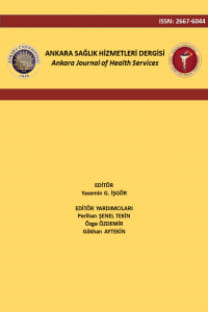Why Transfemoral Amputation Ins tead of Knee Disarticulation?
The aim of this study is to determine gait patterns of the knee disarticulation (KD) and transfemoral (TF) amputee using microprocessor prostheses and c ompare to normal gait. Two amputees and eight healthy person (control group) participa ted in this study. Knee joint was a C-leg, while the foot was Axion foot in both prosthetic u sers. Three-dimensional gait analysis was performed via Vicon Nexsus motion analysis system. Results of studied, asymmetries that differences in results between prosthetic side and sound side higher in knee disarticulation patients.
Anahtar Kelimeler:
Gait analysis, Knee disartic ulation
___
- Highsmith, M.J., Kahle, J.T., Bon giorni, D.R., et al. 2010. Saf ety, energy efficiency, and cost efficacy of the C- Leg for transfemoral amputees : a review of the literature. Prosthet Orthot Int , 34,362–377.
- Jaegers, S.M., Arendzen J.H., de Jongh H.J. 1993. Prosthetic ga it of unilateral transfemoral amputees:kinematic study. Arch Phys Med Rehabil, 74,521-5.
- Nolan, L., Wit, A., Dudzinski, K., Lees, A., et al. 2003. Adjus tments in gait symmetry with walking speed in transfemoral and transtibial ampuutees. Gait Posture, 17 ,142-51.
- Blanc, C.H., Borens, O. 2004. Amputations of the lower limb-an over view on technical aspects. Acta Chir Belg, 104,388-392.
- Met, R., Janssen, L.I., Wille, J., et al. 2008. Functional resu lts after through-knee and above-knee amputations: does more length mean better outcome? Vasc Endovasc Surg 42, 456–461
- Taylor, S.M., Kalbaugh, C.A., Blackhurst, D.W., et al.2005. Pre operative clinical factors predict postoperative functional outcomes after major lower limb amputation: an analy sis of 553 consecutive patients. J Vasc Surg 42, 227–234.
- Yayın Aralığı: Yılda 2 Sayı
- Başlangıç: 2000
- Yayıncı: Ankara Üniversitesi
